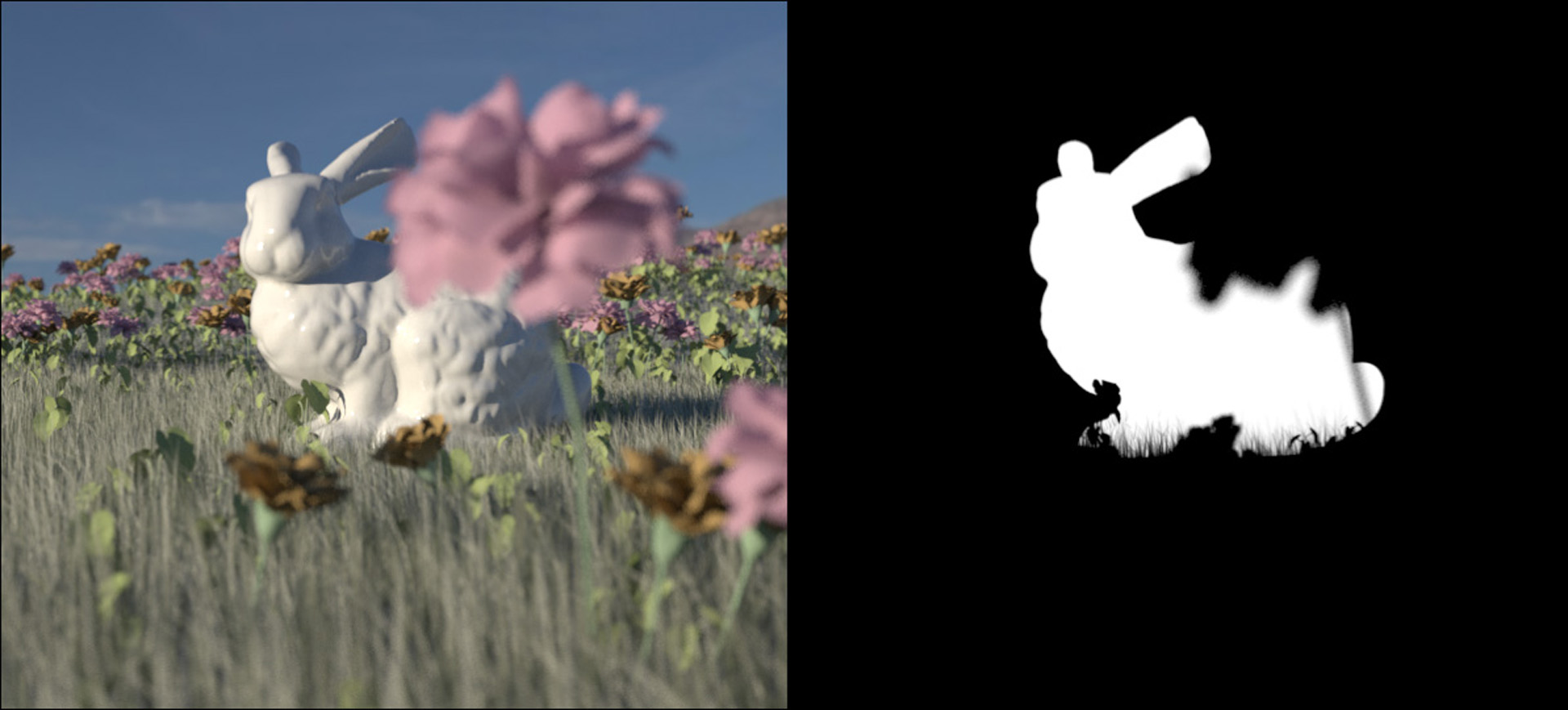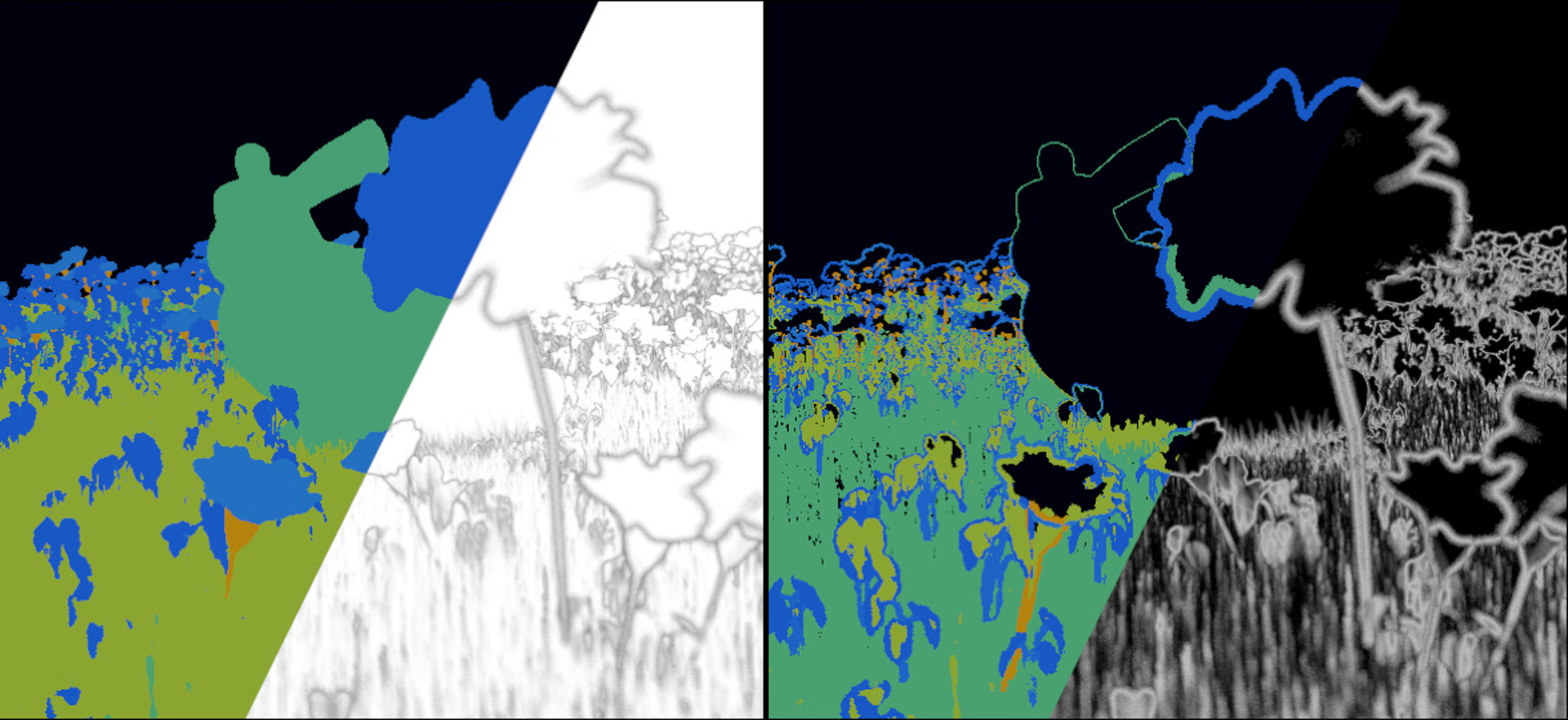“Fully Automatic ID mattes with support for Motion Blur and Transparency” by Friedman and Jones
Conference:
Type(s):
Entry Number: 47
Title:
- Fully Automatic ID mattes with support for Motion Blur and Transparency
Presenter(s)/Author(s):
Abstract:
In 3D production for commercials, television, and film, ID mattes are commonly used to modify rendered images without re-rendering. ID mattes are bitmap images used to isolate specific objects, or multiple objects, such as all of the buttons on a shirt. Many 3D pipelines are built to provide compositors with ID mattes in addition to beauty renders to allow flexibility.
A complication in providing ID mattes is that multiple objects can occupy the same pixels. Reasons for this include anti-aliasing, filtering, motion blur, depth of field, and transparency. As a result, the most common way of providing ID mattes is in the form of RGBA images. In these images, an ID matte exclusively occupies a single channel of a series of RGBA images. The number of RGBA images needed to give compositors flexibility quickly accumulates. It can also be time-consuming for 3D artists to set up ID mattes, especially if they have to guess which mattes will be required.
Another approach is using an ID-coverage pair. The ID channel encodes the ID of one object per pixel. The coverage channel encodes how much of the pixel’s value is contributed by this object. This method is unable to handle cases where multiple objects per pixel are important. It is possible to guess the ID of the second object and use inverted coverage, but this covers two objects at most. ID generation is also important, a per-object value from the renderer may not stay the same from shot to shot or even from frame to frame. Per-object IDs may also be too granular to be useful, and a number of objects grouped into one ID would be more useful.






